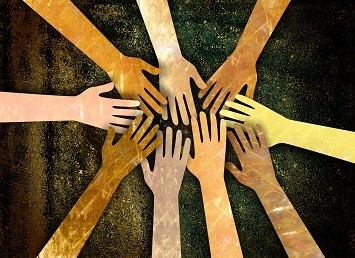In observance of Minority Mental Health Month, we decided to dive deeper into the question we’ve been asking ourselves: Has our mental healthcare system left minorities out of the equation?
Studies show that that might be the case. Here are some sobering facts:
- Nearly 14% of the 5.4% of the population who identify as Asian Americans and Pacific Islanders reported a diagnosable mental illness in the year 2014.
- African Americans are 20% more likely to experience serious mental health problems than the general population.
- In 2014, suicide was the second leading cause of death for American Indian/Alaska Natives between the ages of 10 and 34.
- 15% of Latino/Hispanic Americans reported a mental illness in 2014.
The real problem, however, is that a large percentage of these minority populations lack access to mental healthcare. Whereas Caucasians are more likely to access healthcare, minority populations are either inhibited by cultural stigmas or lack the same resources available to white populations.
But what surprised us the most was a larger population that appears to be overlooked: women in general.
Women make up 51% of the U.S. population, so when mental illness impacts women, it truly impacts most Americans.
According to the World Health Organization, mental illness—in particular depression, anxiety and somatic complaints—predominantly impact women.
The National Asian Women’s Health Organization (NAWHO) sponsored a study that found a number of alarming stats, including that Asian-American women fear the stigma associated with mental illness not as much for themselves, but as for their families.
Latino high school females are more likely to report suicidal thinking than non-Latino white females, and more likely to attempt suicide.
We don’t know for certain why women seem to be disproportionally affected by the most common mental illnesses. Agency, society, and the mental load surely all play a part of this. But until there are more resources for studying and improving the lives of women of all ethnicities, we can’t expect these numbers to improve.


